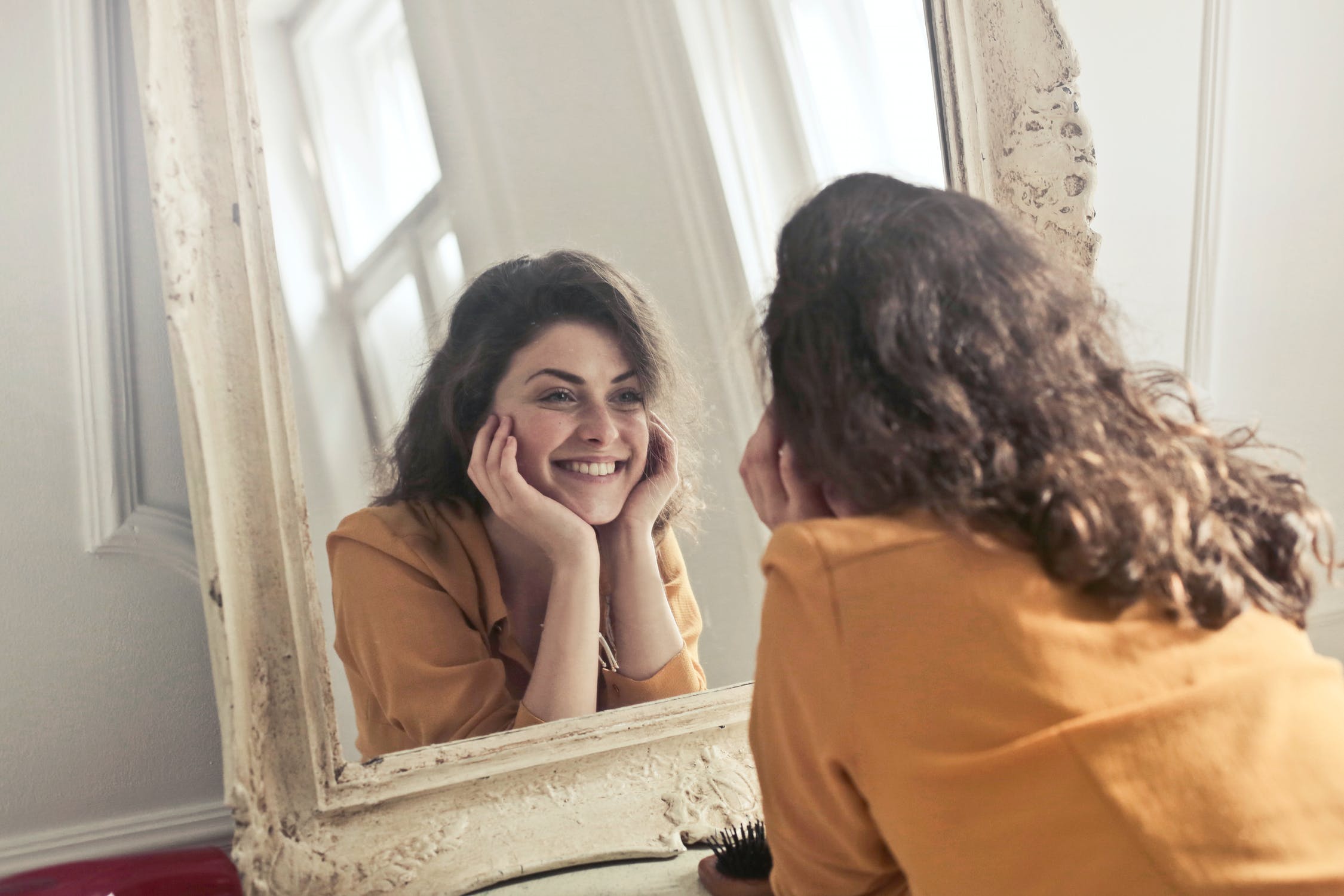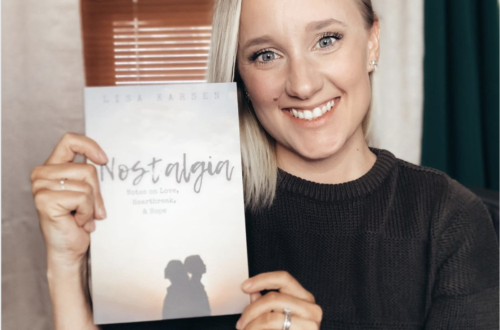
4 Steps to Writing Better Facial Expressions
Are you having trouble writing facial expressions? Then, you’ve come to the right place!
This blog will teach you all the tools you’ll need to write eye-catching, believable expressions.
Today, I’m walking you through my 4 tips to do just that.

Tip #1: SHOW DON’T TELL
NO: She smiled. He laughed. They cried.
There’s a time and place for those short descriptions but let’s be honest: those descriptions are BORING. Readers don’t need or want you to TELL them that your characters did these things.
Readers want you to SHOW them these things.
Instead of simply saying “she smiled”, show us what the rest of her expression did.
For example: was it a broad smile with twinkling blue eyes, or is it a tight-lipped worried smile.

“A few faint lines crinkled around her eyes as she grinned in his direction.”
If your protagonist is viewing someone else’s expressions do they find that smile magnetic, sexy, or perhaps they find it fake and unappealing. Knowing the reactions of your hero will help draw the bigger picture.
When “he laughed”, were wrinkles showing around the corners of his mouth? Or crinkles around his eyes. Tell your readers if it is forced, a chuckle, or a roaring laugh. We want to be in the moment, hearing this man’s laugh. If all we read is that he laughed, there is a disconnect between reader and character.
Other ideas: Did his complexion change color as laughed? Give us the visual!
Were his eyes watering because he was laughing so hard? Tell us more!
When it comes to crying, show sadness by describing their quivering chin, runny makeup, snot on their upper lip.
Put yourself in the scene and get creative to show us exactly what you are seeing.
Remember, your readers are not mind readers! Show us everything that is important and that will help our brains visualize the character before us.
Tip #2: DON’T FORGET BODY LANGUAGE
Body language and facial expressions go together like peanut butter and bananas (that is, they go together very well, amiright?).
Show jaws clenching, hands wringing, shallow breathing or maybe they’re even twisting the ring on their finger.
I want to know if they are standing defensively with arms crossed.
Is someone laughing so hard that they are clutching their side.
“She clutched at her side as uncontrollable laughter forced a strong cramp below her ribs.”

Maybe the character could be nodding their head so hard you thought their brain would come loose.
Perhaps fingers are splayed as they cover their eyes with one hand due to shame or embarrassment.
Are they facing away from other characters, is their head hanging low, are they standing tall with their chin up, chest out.
Adding in body language will only bring your reader closer to your character.
Tip #3: AVOID CLICHES
Let’s face it, there’s a reason why cliches are called cliches.
To be honest, It’s because they’re overused and people are tired of reading and hearing these sentences.
If your character is DRESSED TO KILL or is the SPITTING IMAGE of their long-lost relative – you need to go climb a tree (see what I did there?).
Instead try: “Transfixed, she was the most beautiful he had ever seen. Her curves fit the dress in all the right places…”

Think outside of the box, when creating your facial expressions and descriptions.
Characters should no longer ROAR LIKE A LION when angry or show teeth that are AS WHITE AS SNOW when they smile.
And be sure to steer clear of any character having a heart of gold unless it’s literal GOLD.
If you rely on cliches when you write then you’re going to look like an amateur. 110%
Tip #4: MODERATION IS KEY
It’s important to not have EVERY expression be long winded sentences describing every persons body movement and facial change. In many cases it will be perfectly acceptable keep your descriptions short and sweet.
When the story calls for more detail, more emotion, and more SHOWING of the feelings that are taking place that’s where you’ll want to insert more descriptive expressions.
Over doing it could slow your story down and distract the reader from what’s important – the plot.

I hope these tips will help get you to write more creative facial expressions. A quick google search on cheat sheets for expressions and body language will bring up loads of ideas if you’re feeling stuck. And don’t forget, the thesaurus is your friend.





6 Comments
🌍 Hello World! https://national-team.top/go/hezwgobsmq5dinbw?hs=0a3a488a30b1ce56148c90ae6dbcdc1a 🌍
28gxz8
wSzAOXhpKQtbYo
PuaZSoKE
wSzAOXhpKQtbYo
MuYSchobC
rEtoupCqf
MntbHisSK
EDWVGnxFgvo
jwdqSsxhtVpAJa
rEtoupCqf
JrUiCyKpRFBH